
Papaseea Sliding Rocks: Nature's Playground in Samoa
Discover Papaseea Sliding Rocks in Samoa: A thrilling blend of natural water slides and serene pools nestled in lush greenery, perfect for adventure and relaxation.
Nestled in the lush greenery of Samoa, Papaseea Sliding Rocks is an adventure seeker's paradise. This natural water slide carved out by the forces of nature offers visitors a unique opportunity to slide down smooth rock faces into refreshing pools of water. The site is a series of waterfalls and slides, ranging in height and difficulty, making it suitable for both thrill-seekers and families alike. The journey to Papaseea Sliding Rocks is an experience in itself. As you make your way through the tropical environment, you're greeted with the sounds of cascading water and the rich aroma of the surrounding flora. The rocks have been polished by years of water flow, creating a smooth and exhilarating slide. The main slide is about five meters long, but there are also smaller slides for those who prefer a gentler ride. Beyond the slides, the area is a beautiful spot for a picnic or a leisurely swim. The cool, clear waters are incredibly inviting after a day of exploration. It's advisable to visit during the dry season when the water levels are lower and the slides are more accessible. Whether you're looking to add a bit of adventure to your trip or simply want to enjoy the natural beauty of Samoa, Papaseea Sliding Rocks is a must-visit destination.
Local tips in Papaseea Sliding Rocks
- Wear sturdy water shoes to navigate the slippery rocks safely.
- Visit during the dry season for the best sliding conditions.
- Bring a picnic to enjoy in the surrounding area after your slide.
- Keep an eye on the weather, as heavy rains can make the rocks more dangerous.
- Consider hiring a local guide for a more informative experience.
Papaseea Sliding Rocks: Nature's Playground in Samoa
Nestled in the lush greenery of Samoa, Papaseea Sliding Rocks is an adventure seeker's paradise. This natural water slide carved out by the forces of nature offers visitors a unique opportunity to slide down smooth rock faces into refreshing pools of water. The site is a series of waterfalls and slides, ranging in height and difficulty, making it suitable for both thrill-seekers and families alike. The journey to Papaseea Sliding Rocks is an experience in itself. As you make your way through the tropical environment, you're greeted with the sounds of cascading water and the rich aroma of the surrounding flora. The rocks have been polished by years of water flow, creating a smooth and exhilarating slide. The main slide is about five meters long, but there are also smaller slides for those who prefer a gentler ride. Beyond the slides, the area is a beautiful spot for a picnic or a leisurely swim. The cool, clear waters are incredibly inviting after a day of exploration. It's advisable to visit during the dry season when the water levels are lower and the slides are more accessible. Whether you're looking to add a bit of adventure to your trip or simply want to enjoy the natural beauty of Samoa, Papaseea Sliding Rocks is a must-visit destination.
When is the best time to go to Papaseea Sliding Rocks?
Unmissable attractions to see
Palolo Deep Marine Reserve
Explore Palolo Deep Marine Reserve, a vibrant marine sanctuary in Apia, Samoa, where breathtaking underwater adventures await.
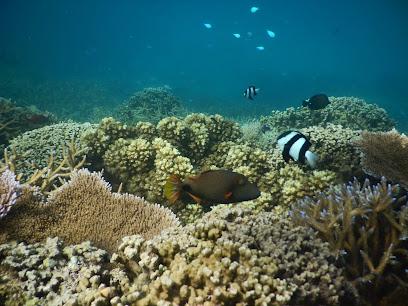
Giant Clam Sanctuary
Experience the breathtaking marine biodiversity at the Giant Clam Sanctuary in Savaia, Samoa, a must-visit for nature lovers and snorkelers.
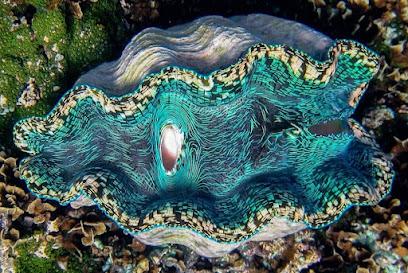
Lalomanu Beach Fales
Discover the serene beauty and vibrant culture of Lalomanu Beach Fales, a tropical haven on Samoa's southern coast.
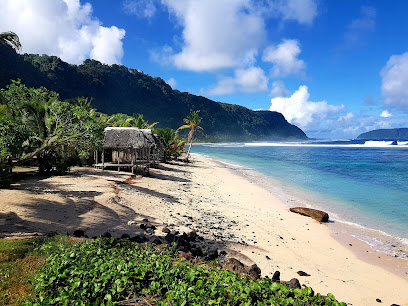
Cape Fatuosofia
Explore the stunning coastal beauty of Cape Fatuosofia, where breathtaking views, vibrant marine life, and rich cultural experiences await every traveler.
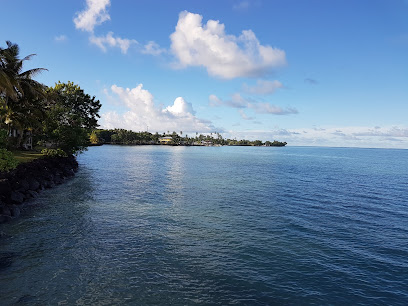
Paia Dwarfs Cave
Explore the enchanting Paia Dwarfs Cave in Savai'i, Samoa, a must-visit tourist attraction rich in natural beauty and cultural heritage.
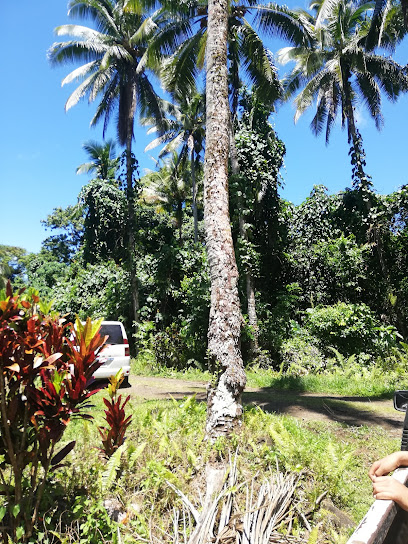
Faimafili Village Resort
Discover the enchanting Faimafili Village Resort in Apia, a perfect blend of relaxation and cultural experiences in the heart of Samoa.
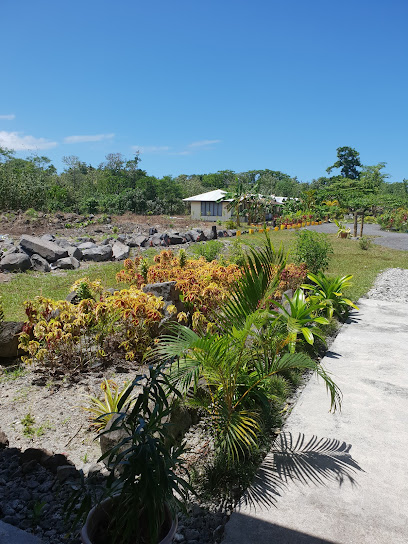
Pe'ape'a Cave
Discover the breathtaking Pe'ape'a Cave, where natural beauty and cultural history blend in an unforgettable exploration of Samoa's stunning landscapes.
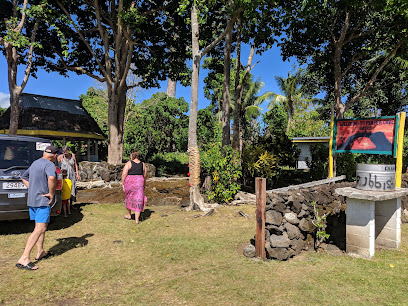
Cape Utumau'u Scenic View
Discover the stunning ocean views and lush landscapes at Cape Utumau'u Scenic View, a must-visit observation deck in Luatuanuu, Samoa.
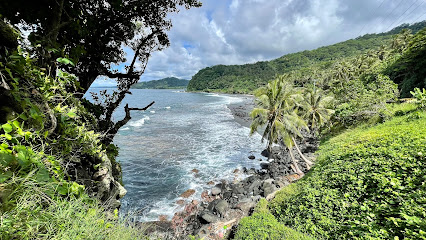
Robert Louis Stevenson Tomb Trail
Explore the Robert Louis Stevenson Tomb Trail in Apia, where nature meets literary history, offering breathtaking views and a serene hiking experience.
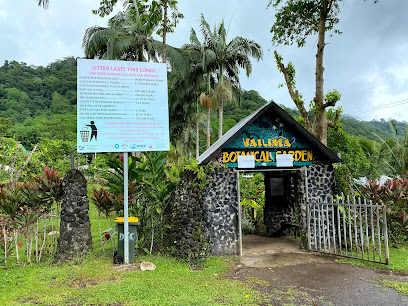
LJ Green Plantation
Discover the serene beauty of LJ Green Plantation in Aleisa, a lush garden paradise perfect for nature lovers and tranquility seekers.

Old (Original) Samoa Court House
Discover the Old Samoa Court House, a heritage gem in Apia showcasing the rich history and cultural legacy of Samoa in stunning architectural form.
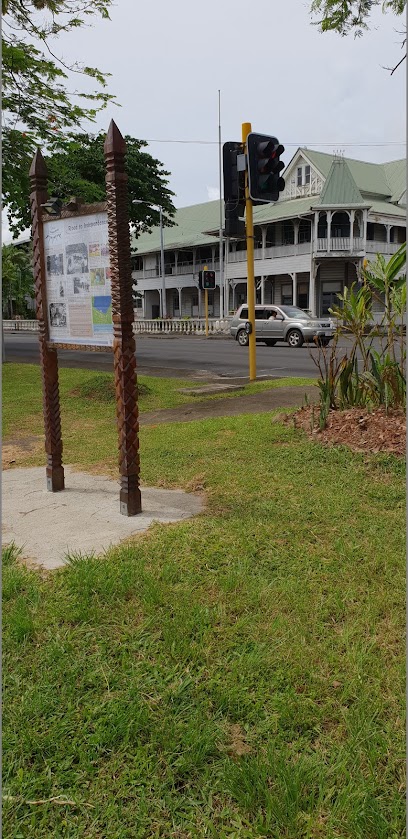
SNNJ
Explore the serene beauty of SNNJ in Siusega, Apia, where lush gardens and vibrant flora create a peaceful escape for nature lovers and travelers alike.

Pou Onesemo
Discover the serene beauty of Pou Onesemo in Salua, a peaceful park ideal for nature lovers and those seeking a tranquil escape.

Sarai Seluia Beach Fales
Experience the serene beauty and rich culture of Samoa at Sarai Seluia Beach Fales, your ultimate tropical getaway.
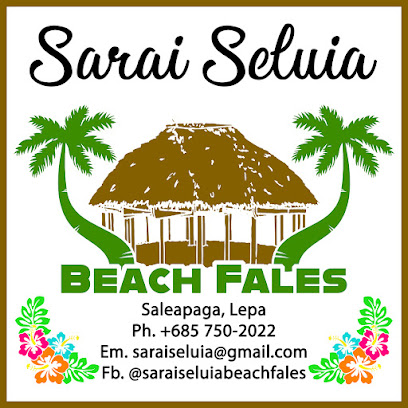
Ti'avea Beach
Discover the enchanting beauty of Ti'avea Beach, a hidden gem in Samoa with pristine sands and vibrant marine life, perfect for relaxation and adventure.

Essential places to dine
Paddles Restaurant
Discover exquisite local flavors at Paddles Restaurant in Apia - where culinary excellence meets vibrant island culture.
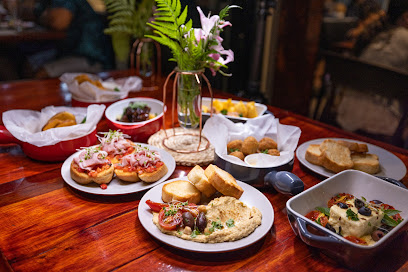
Phat Burger
Savor mouthwatering burgers in Apia's vibrant dining scene at Phat Burger – where every bite is pure bliss.
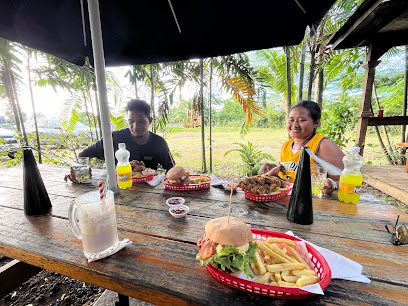
The Edge Marina, Samoa
Discover the vibrant atmosphere at The Edge Marina in Samoa - where delicious food meets stunning ocean views.
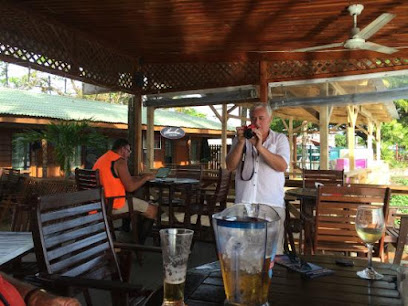
Kokobanana Bar & Grill
Experience authentic Samoan cuisine at Kokobanana Bar & Grill in Apia – where flavor meets culture in a vibrant setting.
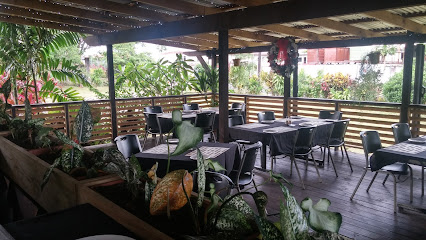
Bistro Tatau Restaurant
Experience authentic Samoan flavors at Bistro Tatau - where every meal tells a story.

Amanaki Restaurant
Experience authentic Samoan flavors at Amanaki Restaurant in Apia - where tradition meets taste in a welcoming atmosphere.
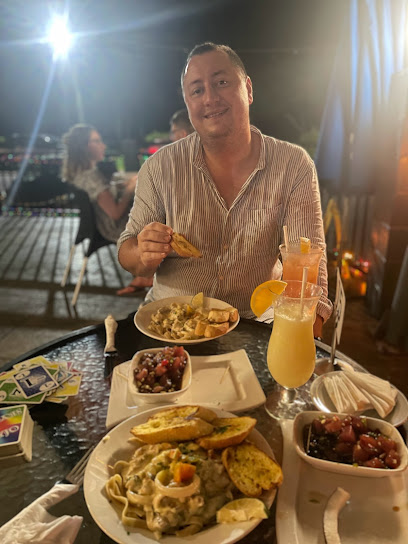
Roko's Restaurant
Experience authentic Samoan cuisine at Roko's Restaurant in Apia, where every dish tells a story of flavor and tradition.
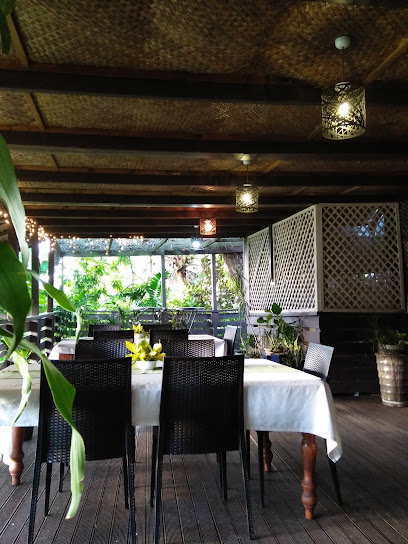
Rosy’s Burgers
Discover the delicious flavors of Samoa at Rosy's Burgers in Apia—where every bite tells a story of local tradition.
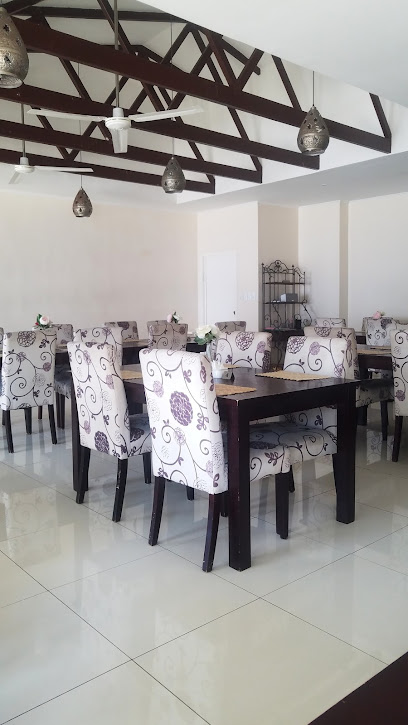
The Curry House Restaurant
Experience authentic Indian cuisine at The Curry House Restaurant in Apia - a culinary journey through vibrant spices and rich flavors.
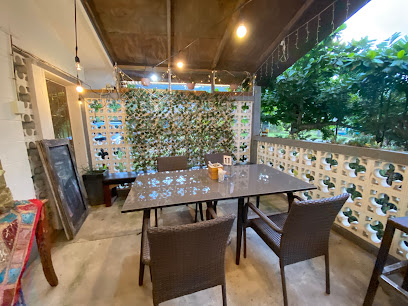
Bella's Kitchen
Experience the rich flavors of Samoa at Bella's Kitchen, where local ingredients meet culinary creativity in the heart of Apia.
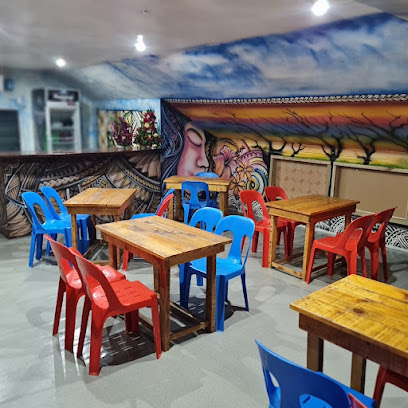
Barefoot Bar and Restaurant
Discover authentic Samoan flavors at Barefoot Bar and Restaurant in Fagamalo—where culinary delight meets breathtaking views.
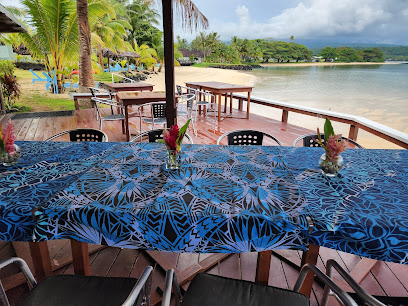
Lupe's Catering
Experience the authentic taste of Samoa at Lupe's Catering - where local flavors meet warm hospitality.
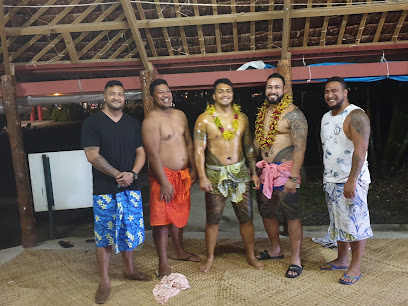
Cocolini's by the Sea
Discover exquisite flavors at Cocolini's by the Sea in Upolu - where culinary excellence meets breathtaking ocean views.
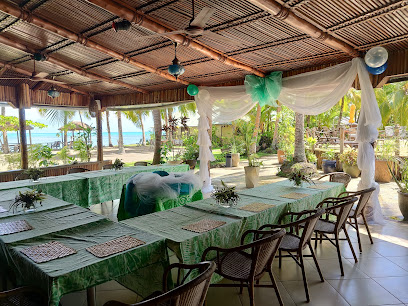
Skippy's Restaurant
Experience authentic Samoan cuisine at Skippy's Restaurant in Apia – where every dish tells a story.
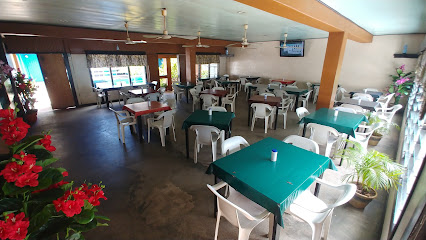
The Whisk Dining Room
Discover exceptional local flavors at The Whisk Dining Room in Apia – where every dish tells a story.
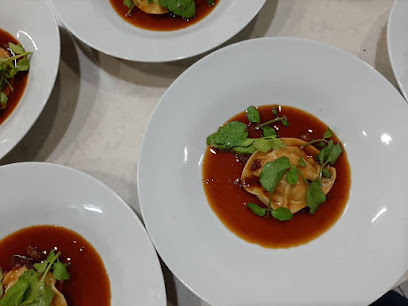
Markets, malls and hidden boutiques
Papaseea Sliding Rocks
Discover the excitement of sliding down natural rock formations into pristine pools at Papaseea Sliding Rocks, a must-visit attraction in Samoa.
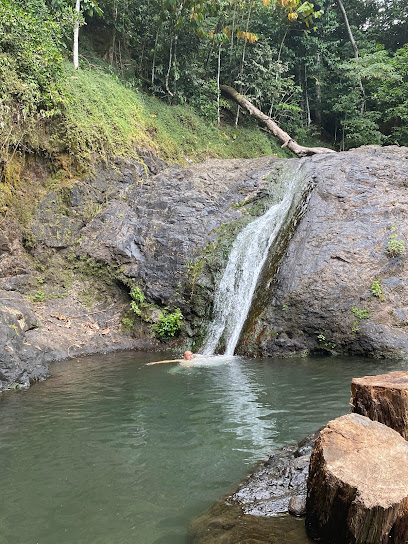
Pacific Jewell Gift Shop & Garden Café
Explore Pacific Jewell Gift Shop & Garden Café: A unique blend of local gifts and delightful cuisine in the heart of Apia, Samoa.
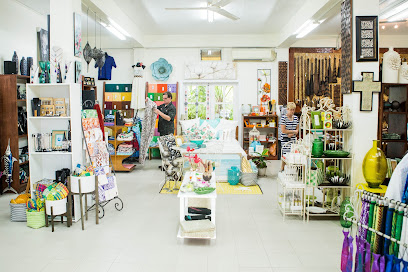
Fugalei Fresh Produce Market
Explore the vibrant Fugalei Fresh Produce Market in Apia for a taste of Samoa's local flavors and a unique cultural experience.

SSAB Megastore
Explore local treasures and global brands at SSAB Megastore, Apia's premier department store for all your shopping needs.
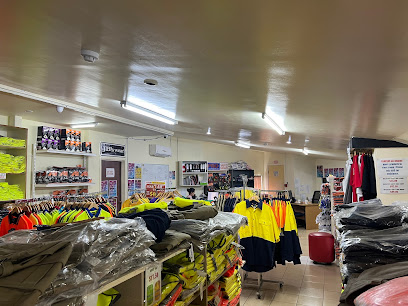
Eveni Carruthers
Explore Eveni Carruthers in Apia, Samoa, where fashion meets culture with unique clothing, gifts, and uniforms in a welcoming shopping environment.
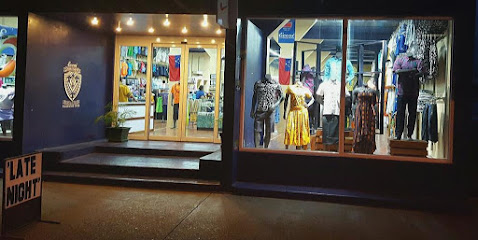
All Things Sweet Samoa
Experience the sweet side of Samoa at All Things Sweet Samoa, where delicious cakes, cupcakes, and wedding treats await every visitor.
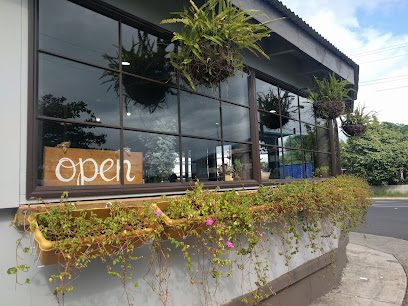
Janet's Samoa
Explore the vibrant culture of Samoa through unique gifts and handmade crafts at Janet's Samoa, a must-visit cultural center in Apia.
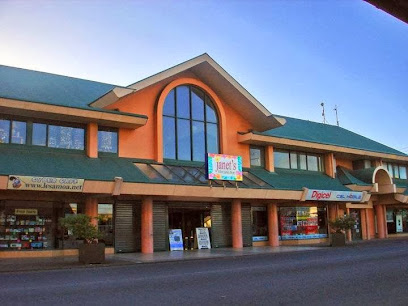
Tanoa Samoa
Explore Tanoa Samoa, a vibrant clothing store in Apia offering a unique blend of traditional Samoan fashion and modern styles.
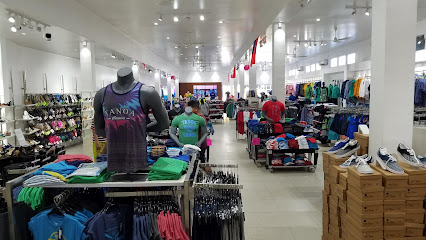
Mailelani Samoa Body Care
Explore the unique offerings of Mailelani Samoa Body Care, where traditional craftsmanship meets tropical beauty in the heart of Apia.
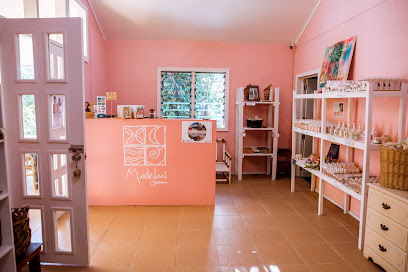
Farmer Joe's Supermarket
Experience the vibrant flavors of Samoa at Farmer Joe's Supermarket, the ultimate shopping destination for fresh produce and local delicacies.
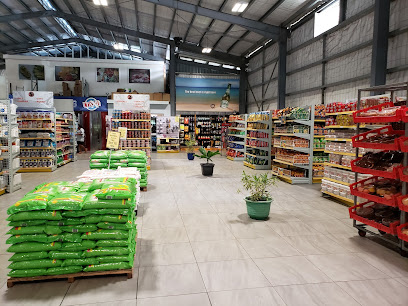
Linettacollections Samoa
Explore the essence of Samoan culture through unique home goods at Linettacollections Samoa, a blend of craftsmanship and local artistry.

Le Well
Explore Le Well in Apia for a unique selection of home goods that reflect the beauty and culture of Samoa, perfect for gifts or home decor.
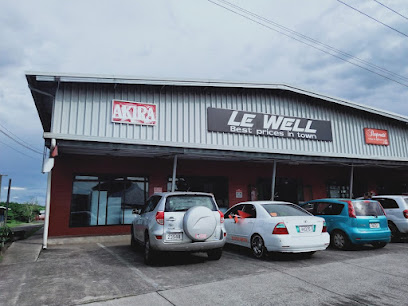
Horizon Surf Samoa
Discover the surf culture of Samoa at Horizon Surf Samoa, your go-to destination for surfwear and accessories in Apia.
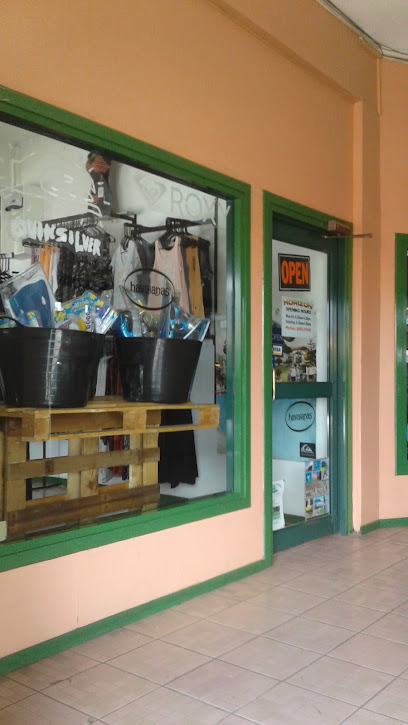
Plantation House
Explore unique and vibrant fashion at Plantation House in Apia, where elegance meets Samoan culture in every garment.
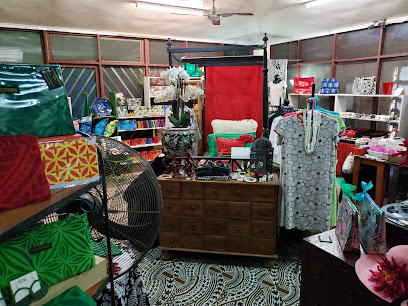
Island Rock Co.
Discover top electronics at Island Rock Co. in Apia – where quality meets affordability in a vibrant shopping experience.
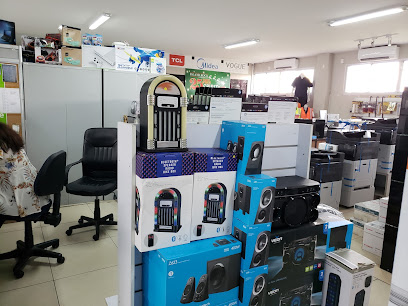
Essential bars & hidden hideouts
The Edge Marina, Samoa
Experience the lively atmosphere and stunning ocean views at The Edge Marina, Samoa's ultimate pub and dining destination.
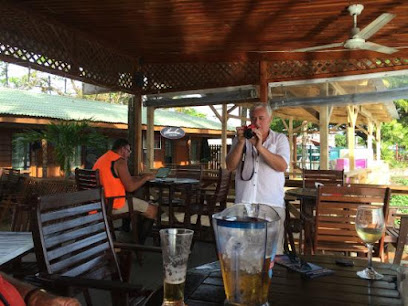
Scalini's Restaurant
Discover the flavors of Samoa at Scalini's Restaurant, a delightful culinary destination in Apia offering a unique blend of local and international cuisine.
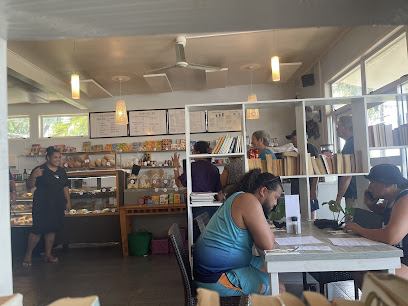
Sails Restaurant & Bar
Discover the vibrant culinary delights of Sails Restaurant & Bar in Apia, where local flavors meet stunning Pacific views in a welcoming atmosphere.
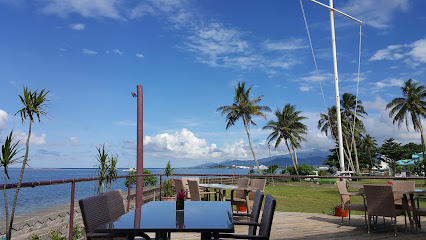
Pinati Restaurant
Experience the rich culinary traditions of Samoa at Pinati Restaurant, where every dish tells a story of local flavors and heritage.
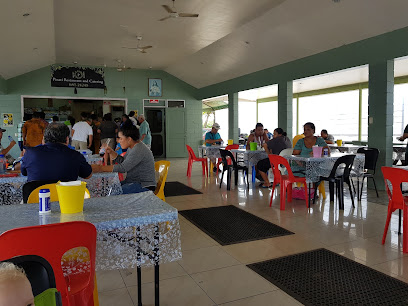
Kokobanana Bar & Grill
Discover the flavors of Samoa at Kokobanana Bar & Grill in Apia, where local cuisine meets a vibrant dining atmosphere.
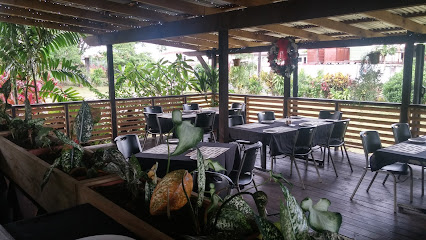
Bistro Tatau Restaurant
Discover the authentic taste of Samoa at Bistro Tatau, where fresh local ingredients meet warm Samoan hospitality in Apia's culinary heart.
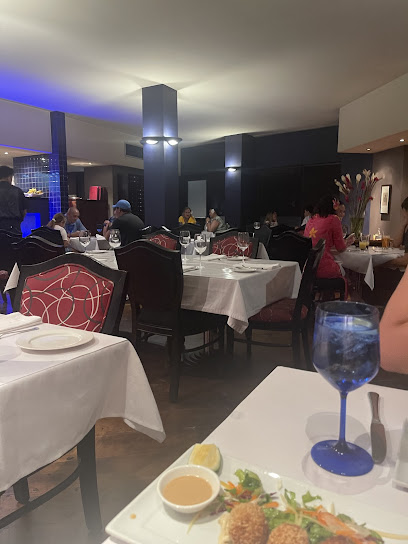
Island Grill - Steak & Seafood
Experience the best of Pacific cuisine at Island Grill - Steak & Seafood in Apia, where fresh ingredients meet vibrant flavors.
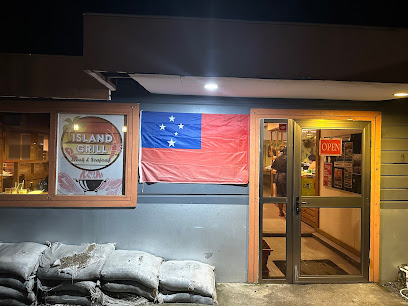
Rosy’s Burgers
Discover the rich flavors of Apia at Rosy’s Burgers, where every bite tells a story of local ingredients and culinary passion.
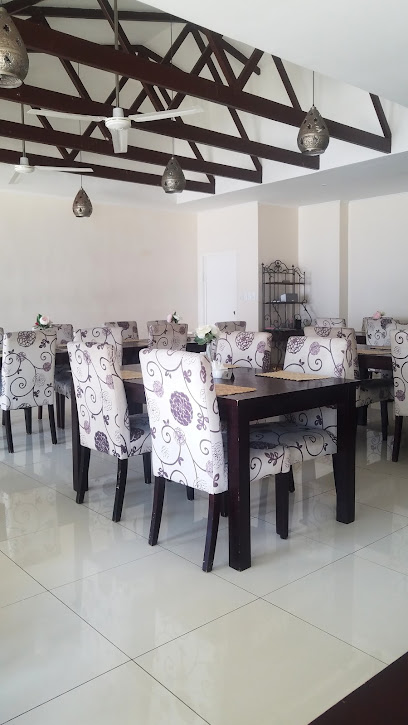
Bella's Kitchen
Experience the authentic tastes of Samoa at Bella's Kitchen, where local ingredients meet culinary tradition in a cozy Apia setting.
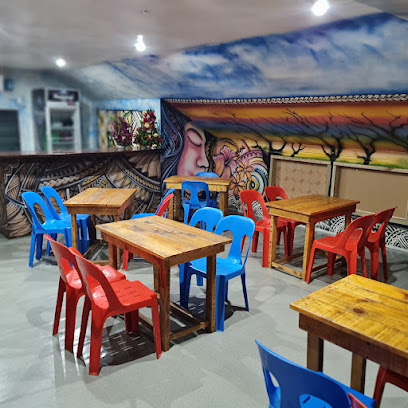
RSA Night Club
Discover the electrifying nightlife at RSA Night Club in Apia, Samoa, where great music, dancing, and cocktails await every night.
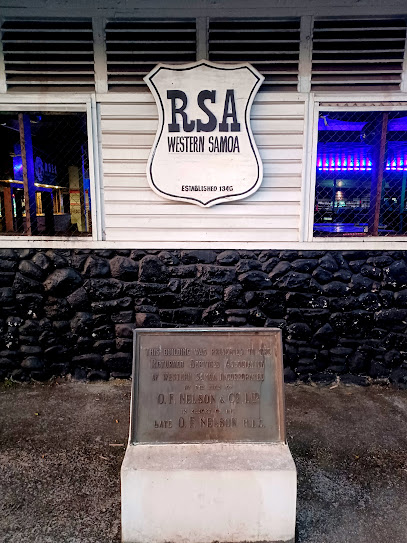
Cocktails On the Rocks
Experience the vibrant atmosphere and refreshing cocktails at Cocktails On the Rocks in Apia, a tropical paradise for bar enthusiasts.
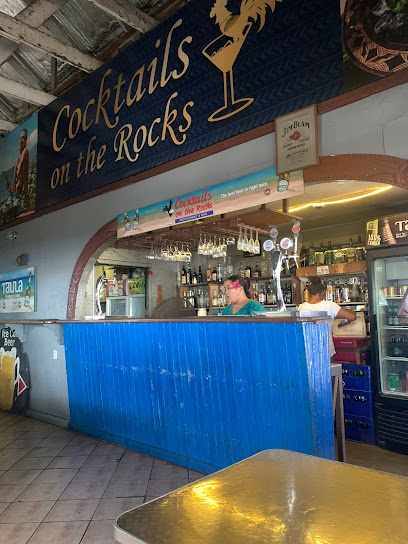
TEN BELOW SHACK
Experience authentic Samoan flavors at TEN BELOW SHACK in Apia, where local cuisine meets a warm, inviting atmosphere.
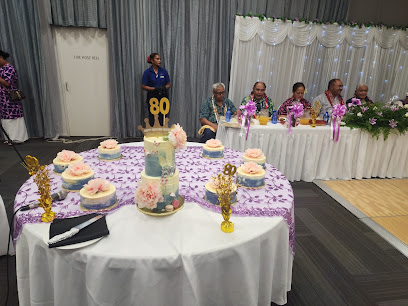
Apia Yacht Club Bar and Restaurant
Experience the best of Samoan cuisine at Apia Yacht Club Bar and Restaurant, where stunning ocean views meet delightful dishes.
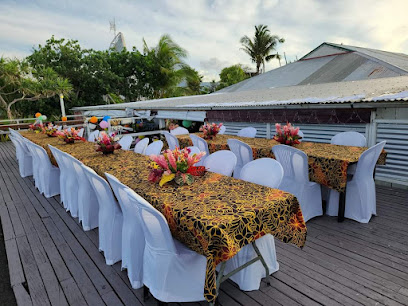
JP Bar
Experience the vibrant nightlife of Apia at JP Bar, where great drinks and lively music create unforgettable moments.
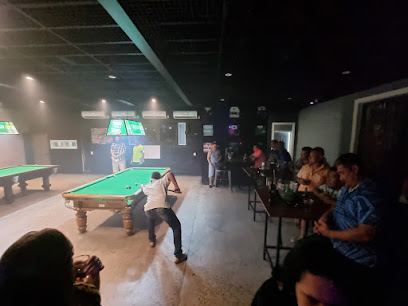
The Whisk Dining Room
Discover the vibrant flavors of Samoa at The Whisk Dining Room in Apia, where fresh ingredients meet culinary creativity.
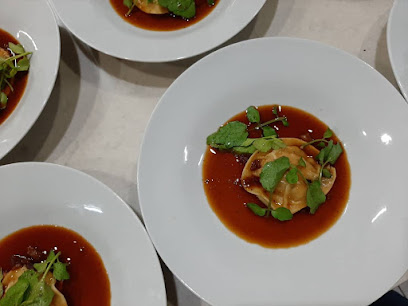
Local Phrases about Papaseea Sliding Rocks
-
- HelloTalofa
[Tah-loh-fah] - GoodbyeFa
[Fah] - YesIo
[Ee-oh] - NoLeai
[Leh-ai] - Please/You're welcomeFa'amalie
[Fah-ah-mah-lee-eh] - Thank youFa'afetai
[Fah-ah-feh-tah-ee] - Excuse me/SorryFa'amalie
[Fah-ah-mah-lee-eh] - How are you?O a mai oe?
[Oh-ah-my-oh-eh] - Fine. And you?Lelei. O a oe?
[Leh-leh-ee. Oh-ah-eh] - Do you speak English?O lea e te le fa'ainglisi?
[Oh-leh-ah-eh-teh-leh-fah-ah-een-glee-see] - I don't understandE le mafai ona ou te malamalama
[Eh-leh-mah-fai-oh-nah-oh-teh-mah-lah-mah-lah-mah]
- HelloTalofa
-
- I'd like to see the menu, pleaseFa'amalie, ou te fia va'ai le fa'atonu
[Fah-ah-mah-lee-eh-oh-teh-fee-ah-vah-ah-ee-leh-fah-ah-toh-noo] - I don't eat meatE le auai i le kuki
[Eh-leh-ow-eye-ee-leh-koo-key] - Cheers!Fa'afetai!
[Fah-ah-feh-tah-ee] - I would like to pay, pleaseFa'amalie, ou te fia totogi
[Fah-ah-mah-lee-eh-oh-teh-fee-ah-toh-toh-gee]
- I'd like to see the menu, pleaseFa'amalie, ou te fia va'ai le fa'atonu
-
- Help!Tulou!
[Too-loh-oo] - Go away!Alu i le itu!
[Ah-loo-ee-leh-ee-too] - Call the Police!Fa'afesootai i le Peresetene!
[Fah-ah-feh-soh-oh-tie-ee-leh-peh-reh-seh-teh-neh] - Call a doctor!Fa'afesootai i le foma'i!
[Fah-ah-feh-soh-oh-tie-ee-leh-foh-mah-ee] - I'm lostUa ou iloa
[Oo-ah-oh-ee-loh-ah] - I'm illUa ou fa'apipi'i
[Oo-ah-oh-fah-ah-pee-pee-ee]
- Help!Tulou!
-
- I'd like to buy...Ou te fia fa'atau...
[Oh-teh-fee-ah-fah-ah-tow] - I'm just lookingOu te iloa
[Oh-teh-ee-loh-ah] - How much is it?E fia se'i fa'apefea?
[Eh-fee-ah-seh-ee-fah-ah-peh-feh-ah] - That's too expensiveE lelei le totogi
[Eh-leh-leh-ee-leh-toh-toh-gee] - Can you lower the price?O le mafai ona ou te fa'atoto le totogi?
[Oh-leh-mah-fai-oh-nah-oh-teh-fah-ah-toh-toh-leh-toh-toh-gee]
- I'd like to buy...Ou te fia fa'atau...
-
- What time is it?O le a le taimi?
[Oh-leh-ah-leh-tie-mee] - It's one o'clockUa le tasi
[Oo-ah-leh-tah-see] - Half past (10)I le fa'atasi (10)
[Ee-leh-fah-ah-tah-see] - MorningAo
[Ah-oh] - AfternoonAfiafi
[Ah-fee-ah-fee] - EveningIli
[Ee-lee] - YesterdayAnanafi
[Ah-nah-nah-fee] - TodayLenei
[Leh-neh-ee] - TomorrowAso
[Ah-soh] - 1Tasi
[Tah-see] - 2Lua
[Loo-ah] - 3Tolu
[Tow-loo] - 4Fa
[Fah] - 5Lima
[Lee-mah] - 6Ono
[Oh-no] - 7Fitu
[Fee-too] - 8Valu
[Vah-loo] - 9Iva
[Ee-vah] - 10Se
[Seh]
- What time is it?O le a le taimi?
-
- Where's a/the...?O fea le...?
[Oh-feh-ah-leh] - What's the address?O le a le tuatusi?
[Oh-leh-ah-leh-too-ah-too-see] - Can you show me (on the map)?O le mafai ona ou te fa'ailoa (i le mapa)?
[Oh-leh-mah-fai-oh-nah-oh-teh-fah-ah-ee-loh-ah-ee-leh-mah-pah] - When's the next (bus)?O le a le taimi mo le telefoni (autalavou)?
[Oh-leh-ah-leh-tie-mee-moh-leh-teh-leh-foh-nee-ah-ow-tah-lah-voh] - A ticket (to ....)Se tiketi (i ....)
[Seh-tee-keh-tee-ee]
- Where's a/the...?O fea le...?
History of Papaseea Sliding Rocks
-
Papaseea Sliding Rocks, located near Apia in Samoa, are a series of naturally occurring rock formations shaped by centuries of water erosion. The rocks are part of the larger volcanic landscape of the Samoan islands, formed from basaltic lava flows solidifying over millennia. The constant flow of water over these rocks has smoothed their surfaces, creating natural slides that visitors enjoy today.
-
To the indigenous Samoan people, Papaseea has long held cultural significance. The name 'Papaseea' translates to 'Sliding Rock,' alluding to the practice of sliding down the rocks, which has been a traditional pastime for generations. The site is not just a recreational area but also a place of communal gathering, where stories and legends are passed down orally.
-
During the late 19th and early 20th centuries, Samoa was under colonial rule by Germany and later New Zealand. During this period, Papaseea Sliding Rocks began to attract the attention of European settlers and missionaries who documented the site in their writings and photographs. This brought the natural wonder to the attention of the wider world, marking the beginning of its transformation into a tourist attraction.
-
After Samoa gained independence from New Zealand in 1962, the country began to develop its tourism industry. Papaseea Sliding Rocks became one of the key natural attractions promoted by the Samoan tourism board. Infrastructure improvements, such as steps carved into the rock and safety measures, were introduced to make the site more accessible to both locals and international tourists.
-
In recent years, there has been a concerted effort to preserve the cultural and natural heritage of Papaseea Sliding Rocks. Local authorities, in collaboration with community leaders, have implemented sustainable tourism practices to ensure that the site remains unspoiled. Educational programs have been introduced to inform visitors about the historical and cultural importance of the rocks, fostering a deeper appreciation and respect for this natural wonder.
Papaseea Sliding Rocks Essentials
-
Papaseea Sliding Rocks is located on the island of Upolu in Samoa, approximately 6 kilometers southwest of Apia, the capital city. The nearest international airport is Faleolo International Airport, around 30 kilometers from Apia. From the airport, you can take a taxi or a shuttle bus to your accommodation in Apia. From Apia, it's a short drive to the Sliding Rocks, and you can easily get there by taxi or rental car.
-
Once in Apia, transportation options to Papaseea Sliding Rocks include taxis, rental cars, and local buses. Taxis are a convenient option but make sure to negotiate the fare beforehand as they don't typically use meters. Rental cars are available from various agencies in Apia, offering flexibility for exploring the island. Local buses are the most economical option, though they can be infrequent and may not drop you directly at the site.
-
The official currency in Samoa is the Samoan Tala (WST). Credit cards are accepted in major hotels, restaurants, and shops in Apia, but it is advisable to carry cash, especially when venturing out to rural areas or smaller establishments. ATMs are available in Apia, but ensure you have sufficient cash before heading to more remote areas.
-
Papaseea Sliding Rocks is generally a safe destination for tourists. However, it's essential to take standard precautions. Avoid walking alone at night in unfamiliar areas and keep an eye on your belongings, especially in crowded places. While Samoa has a low crime rate, petty theft can occur. Be cautious in areas with fewer tourists and always be aware of your surroundings.
-
In case of emergency, dial 911 for immediate assistance. The main hospital in Apia, Tupua Tamasese Meaole Hospital, provides emergency medical services. It is recommended to have travel insurance that covers medical emergencies. For minor health issues, there are pharmacies in Apia where you can purchase over-the-counter medications.
-
Fashion: Do wear modest swimwear at the Sliding Rocks. Avoid overly revealing clothing. Religion: Do respect local customs and traditions. Sunday is a day of rest in Samoa, and many businesses may be closed. Public Transport: Do be courteous and patient when using local buses, as they operate on 'island time.' Greetings: Do greet people with a smile and a friendly 'Talofa.' Eating & Drinking: Do try local delicacies and accept food offerings graciously. Don't refuse hospitality, as it is considered impolite.
-
To experience Papaseea Sliding Rocks like a local, visit early in the morning or late in the afternoon to avoid the crowds and the midday heat. Bring reef-friendly sunscreen and sturdy water shoes for navigating the rocks safely. Engage with locals, as they are often friendly and willing to share stories about the area. Don't miss exploring the nearby village of Lepea for an authentic Samoan cultural experience.




